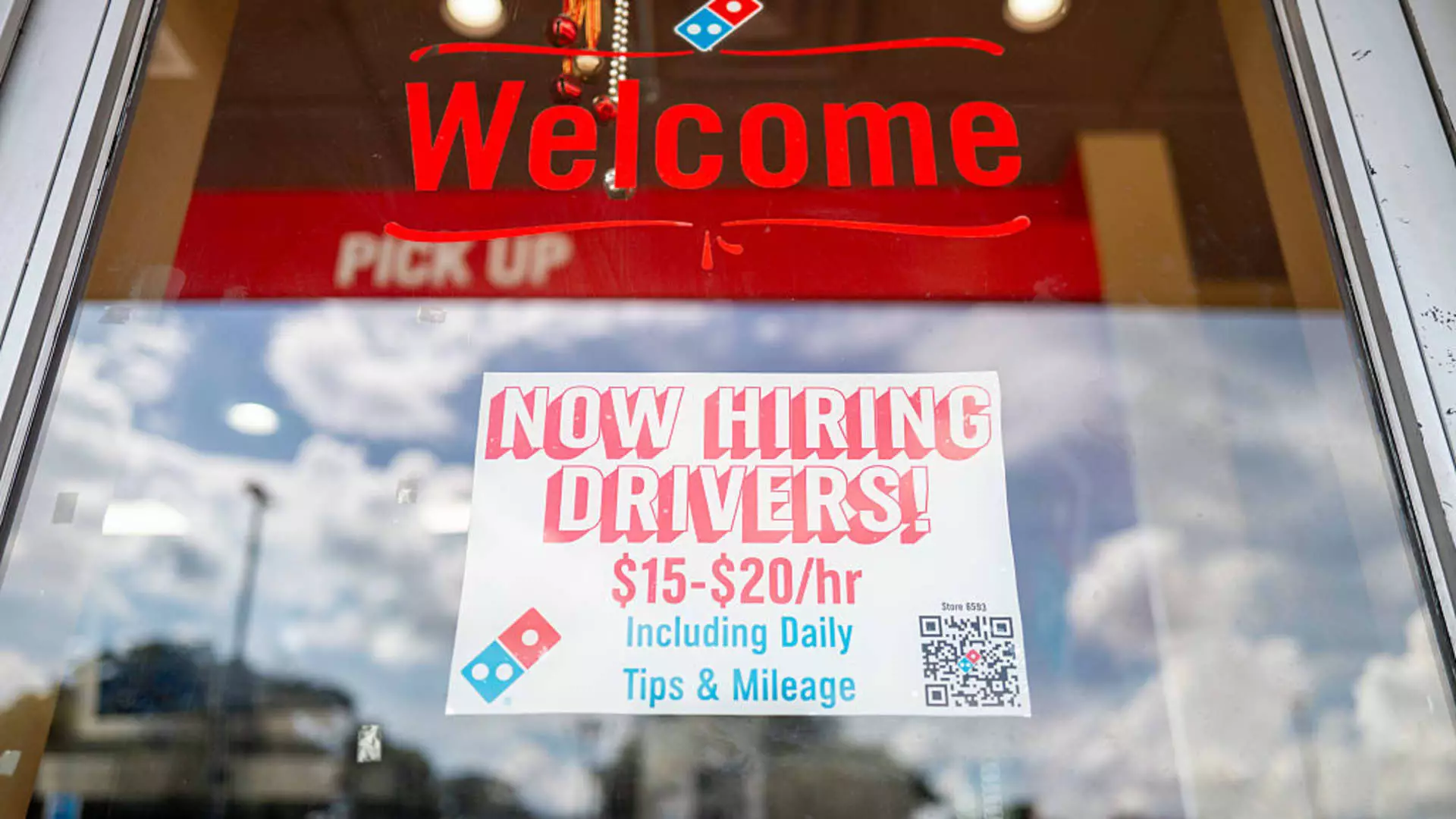In recent months, the federal labor market, traditionally seen as a stable backbone of the economy, has experienced a disturbing thaw. While economic indicators often downplay the severity, the reality is stark: a combination of strategic layoffs, driven by government efficiency efforts, and a pullback in private sector hiring is creating a precarious employment landscape. Despite superficial assurances of resilience, the underlying vulnerabilities threaten to undermine the broader economic stability. These layoffs, although initially appearing contained, have the potential to snowball into a systemic problem that could destabilize both public and private employment sectors.
The decision to downsize the federal workforce—most notably under directive policies allegedly influenced by innovative figures like Elon Musk—may seem as an attempt at fiscal responsibility. However, the collateral damage is becoming increasingly evident. Hundreds of thousands of federal employees are now competing for a shrinking number of available jobs, and many are unsure if they will find stability again. This scenario raises profound questions about the true cost of administrative efficiency initiatives that prioritize short-term cost-cutting over long-term economic health.
The Contradiction of Record Low Job Openings and Rising Applications
Although official statistics might report a resilient, growing job market, fresh data paints a nuanced picture that calls into question these optimistic narratives. The Bureau of Labor Statistics shows a modest 5% decline in job openings from the start of the year, yet simultaneous surges in applications—particularly from federal agency workers—paint a different story. The Indeed Hiring Lab reports a staggering 150% increase in applications from federal workers seeking employment elsewhere, especially in knowledge-intensive fields such as data analytics, marketing, and software development.
This paradox reveals a deeper malaise. While some sectors may still seem buoyant, the demand from employers for white-collar expertise is waning. As intelligent, skilled workers find themselves increasingly in competition, the labor market’s structural integrity is in question. This imbalance suggests that the current efforts to cut costs—though politically expedient—have come at the expense of economic sustainability. The trajectory reveals a fragile equilibrium that could tip into economic stagnation or decline if deeper structural issues are not addressed.
The Broader Economic Impact and Political Implications
The implications extend well beyond immediate employment figures. The slowdown in hiring and the decline in job openings signal a potential shift away from consistent economic expansion, which has been a hallmark since the COVID-19 pandemic receded. The upcoming release of the June nonfarm payrolls data is likely to confirm this trend. Expectations of a mere 115,000 new jobs—a figure that dwarfs the typical growth rates and hints at the slowest start since the 2008 financial crisis—call into question the long-term vitality of the economy.
This slowdown is compounded by macroeconomic policies that inhibit growth. The Federal Reserve’s aggressive interest rate policies, aimed at curbing inflation, inadvertently restrain technological innovation and expansion within the private sector. Tech companies and startups—often high-growth engines—are particularly sensitive to rising borrowing costs. Elevated interest rates mean higher capital costs, which in turn discourage investment in new employment, innovation, and expansion. This climate of cautious contraction disproportionately affects the industries that are crucial for future economic growth.
Furthermore, the political dimension of these developments warrants scrutiny. The efforts undertaken by certain administrations to intentionally shrink the federal workforce—sometimes seen as ideological endeavors—may be shortsighted. While reducing government overhead has appeal for some policymakers, it risks undermining the very institutions that sustain economic stability in times of crisis. The labor market of today is a mirror to societal priorities; if policies ignore the importance of a properly staffed federal system, they threaten to weaken the social safety nets that underpin economic resilience.
The Ethical Dilemma and Future Outlook
Behind these statistics are real human consequences. Thousands of workers face unemployment or job insecurity because of policies that, at their core, prioritize efficiency over empathy and stability. There is a profound ethical question about whether economic policies should serve corporate interests or safeguard the livelihoods of citizens. An overemphasis on austerity, especially within the public sector, risks creating a class of displaced workers who may find it impossible to re-enter the workforce in their previous roles.
Looking forward, the trajectory suggests a challenging future for job seekers in the federal and knowledge-economy sectors. The trend of decreasing demand for white-collar expertise, coupled with rising interest rates, signals a stagnating labor market that favors automation and consolidation over job creation. For center-leaning liberals who believe in pragmatic progress—balancing market efficiency with social justice—these developments should serve as a wake-up call. The current approach risks fostering inequality and economic instability in the name of fiscal discipline.
In essence, the crisis unfolding behind the scenes is not merely statistical; it’s a reflection of misguided priorities and flawed policy choices. As the labor market adjusts to these shocks, the question remains whether policymakers will recognize the need for balanced, humane economic strategies that prioritize long-term stability over short-term cost savings. If not, the coming years may reveal a fragile economy teetering on the edge of deeper recession, driven by decisions that sacrifice people’s livelihoods in pursuit of political victory.

Leave a Reply